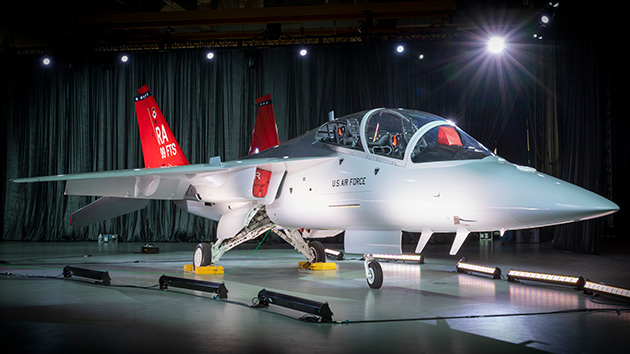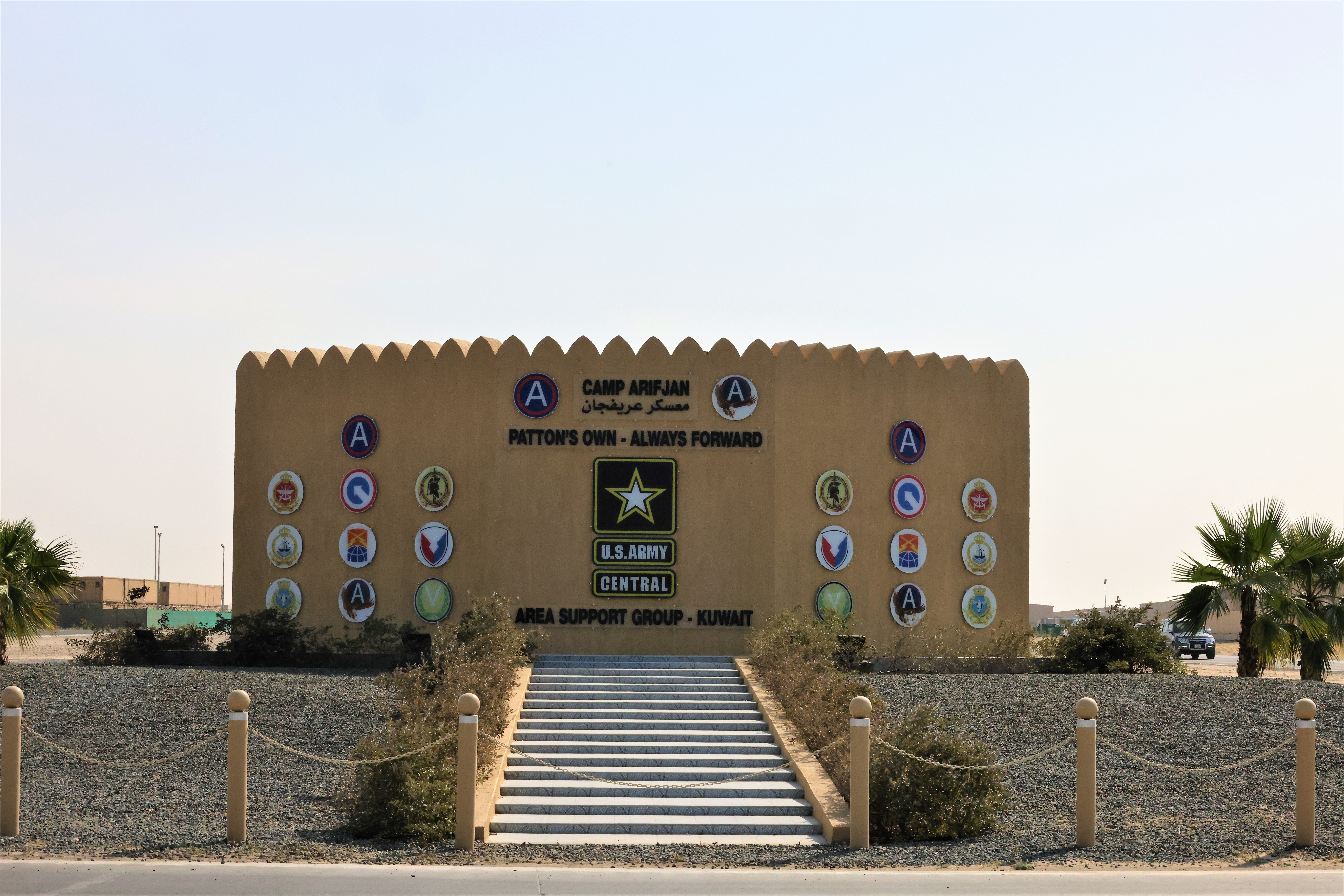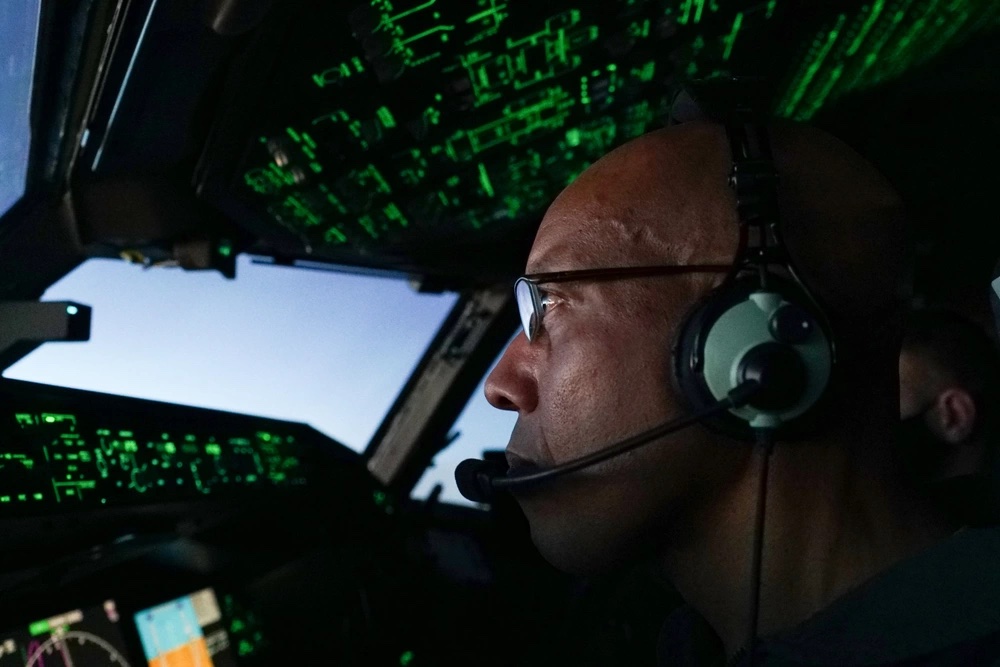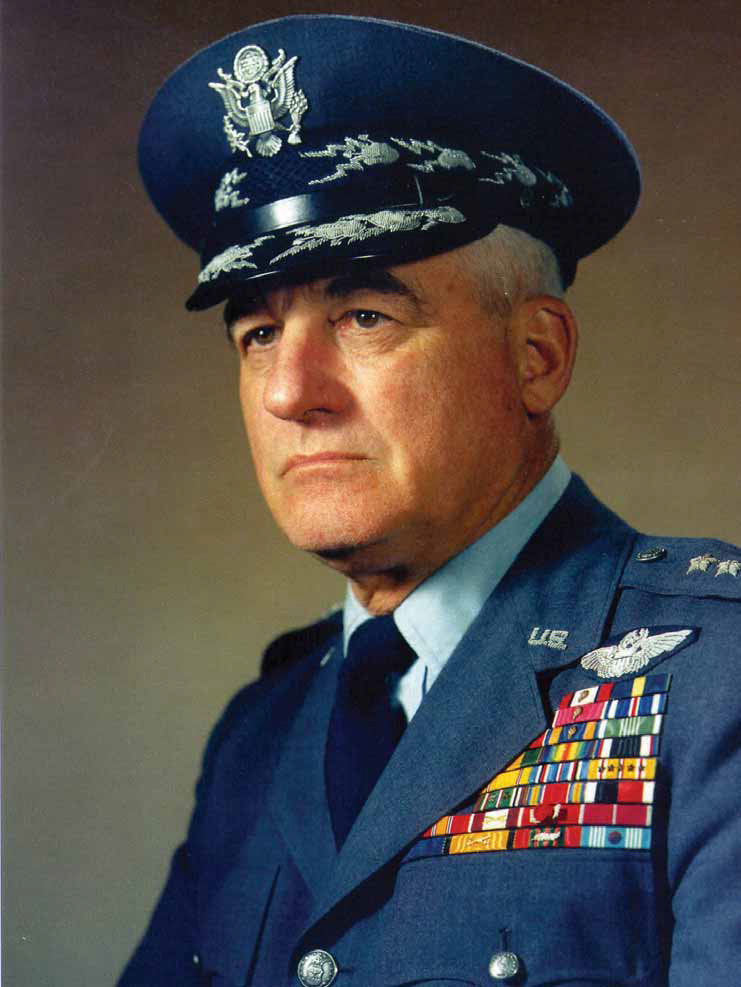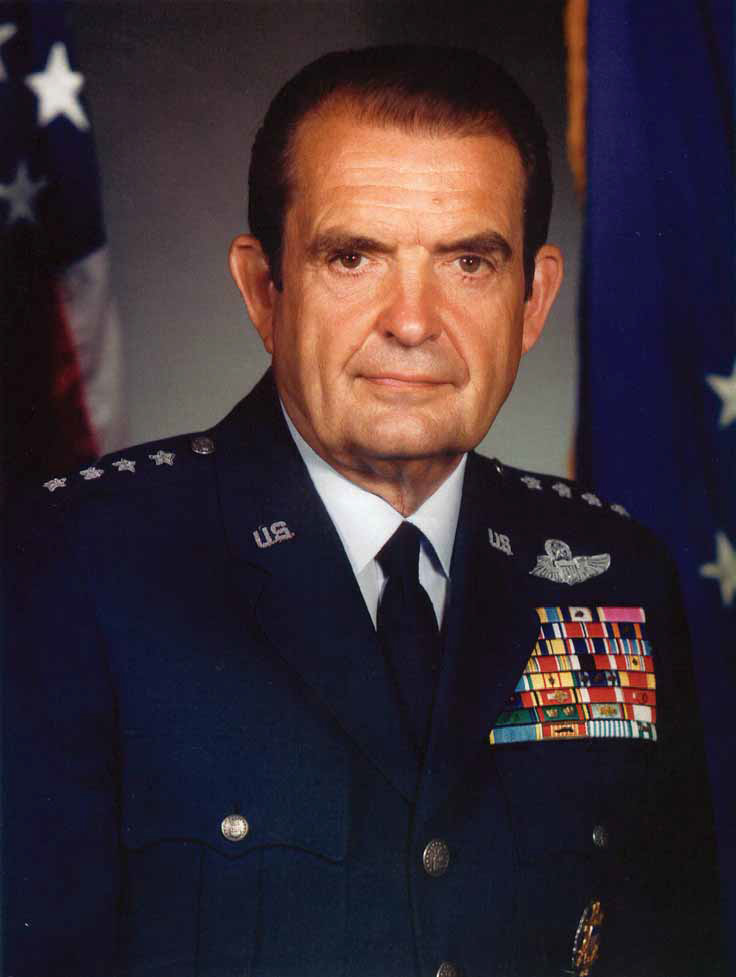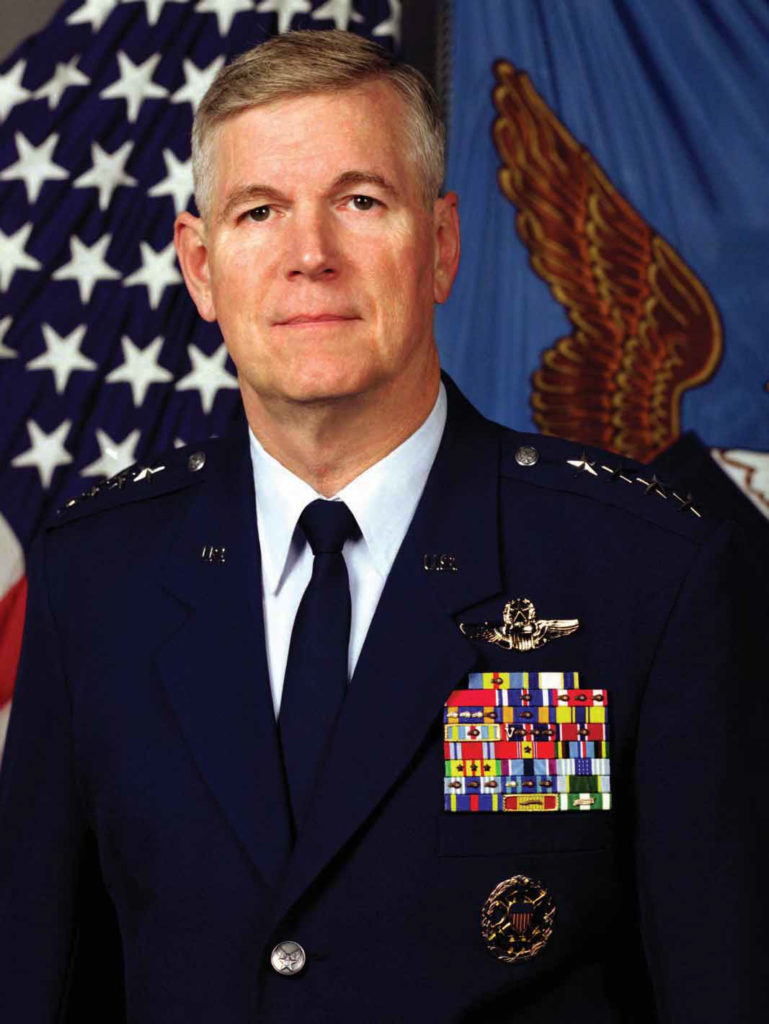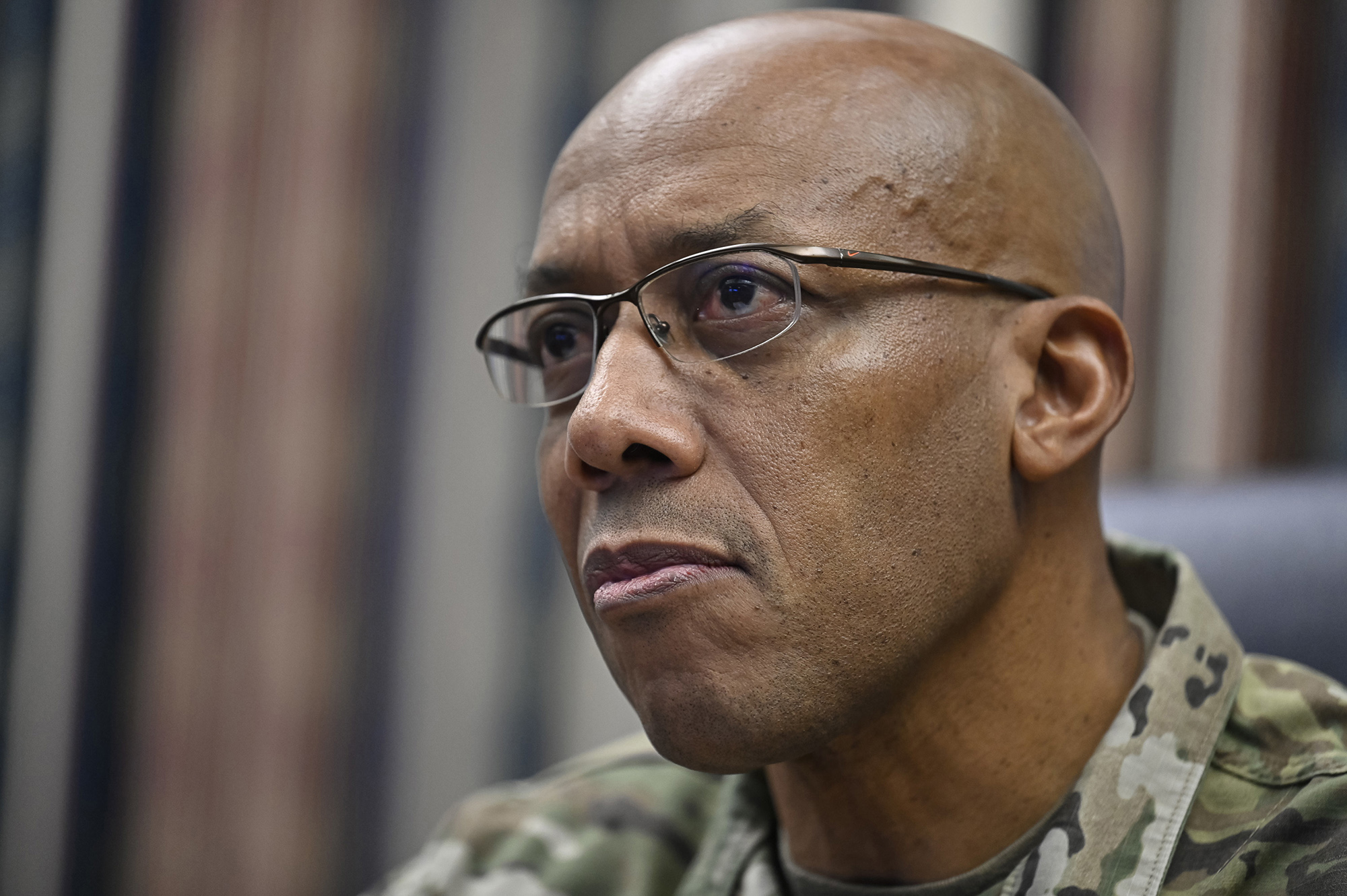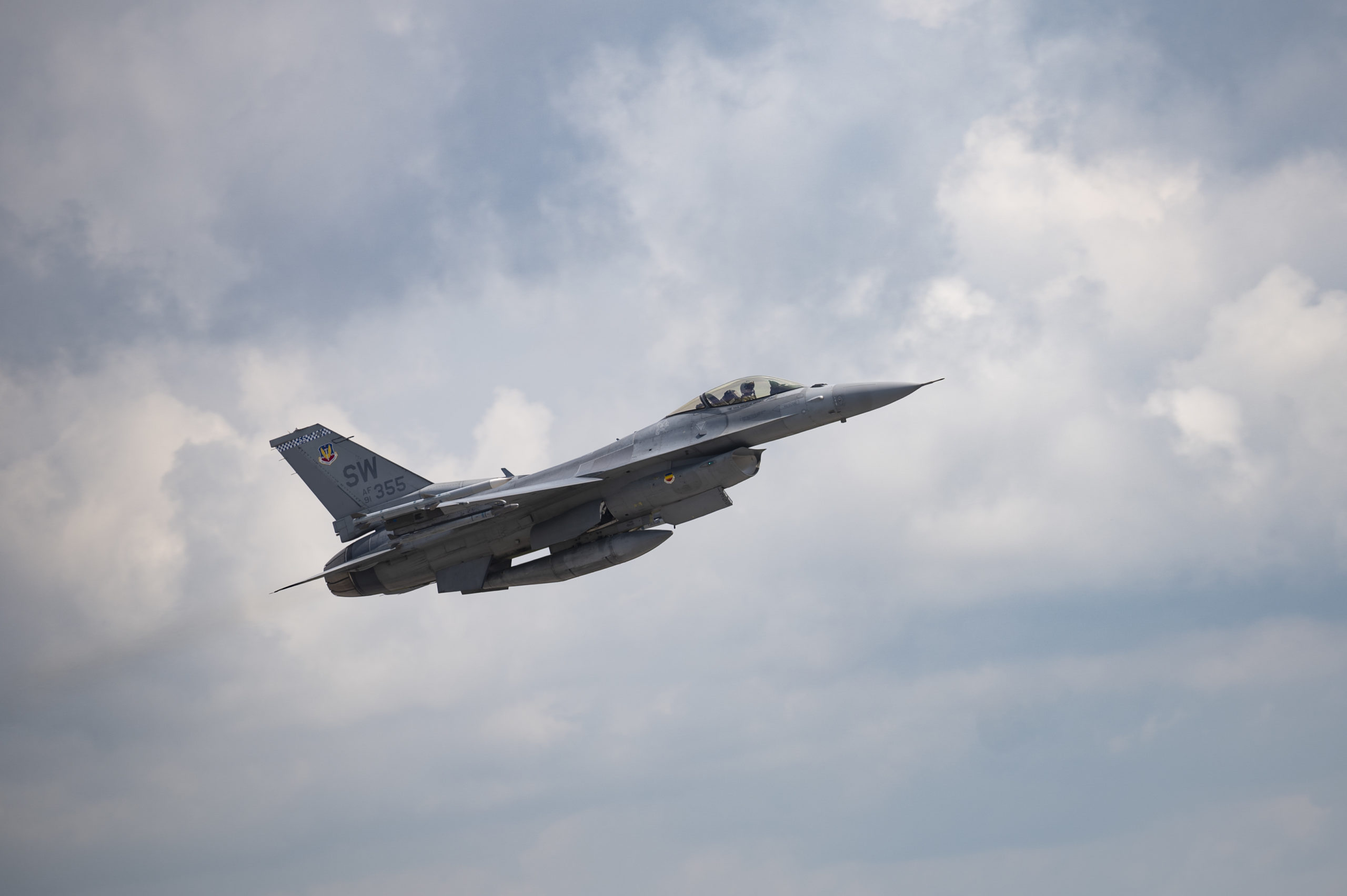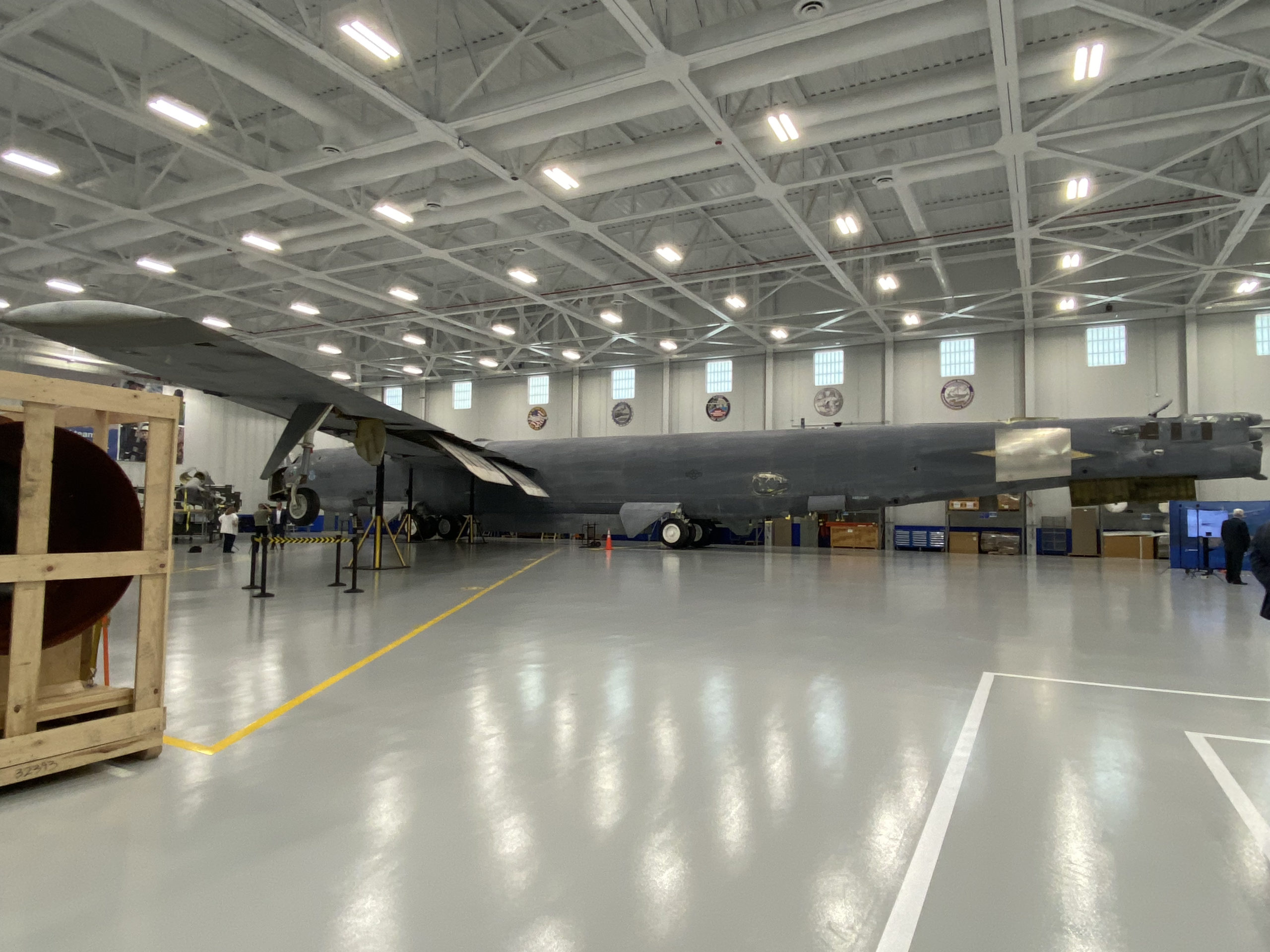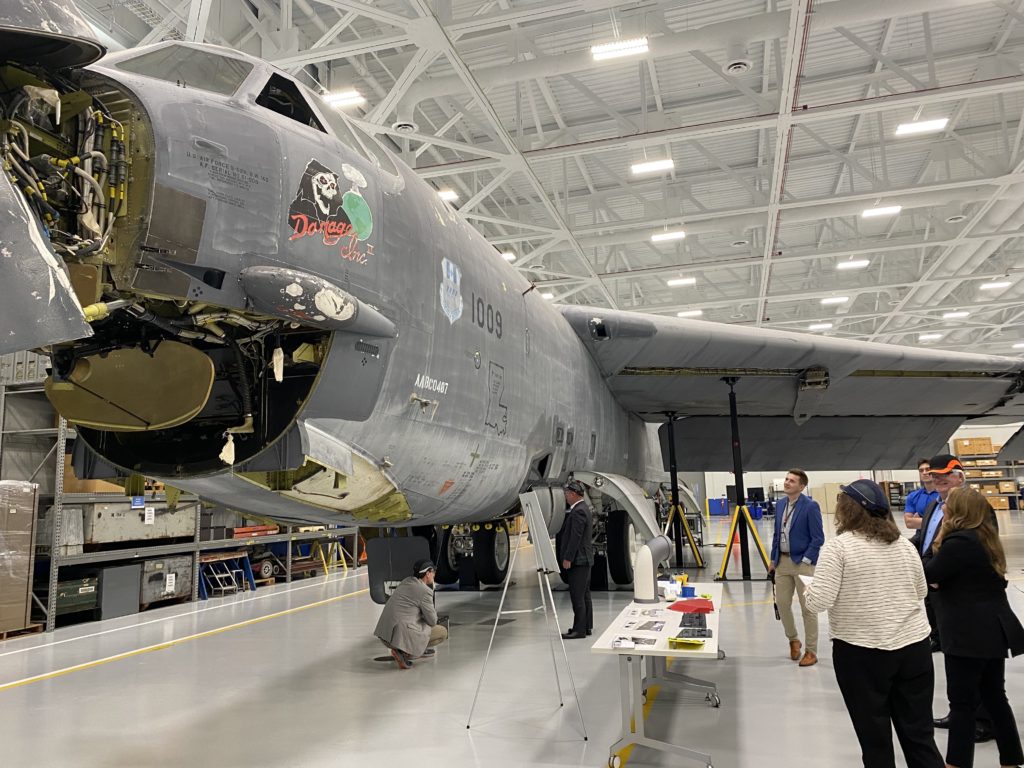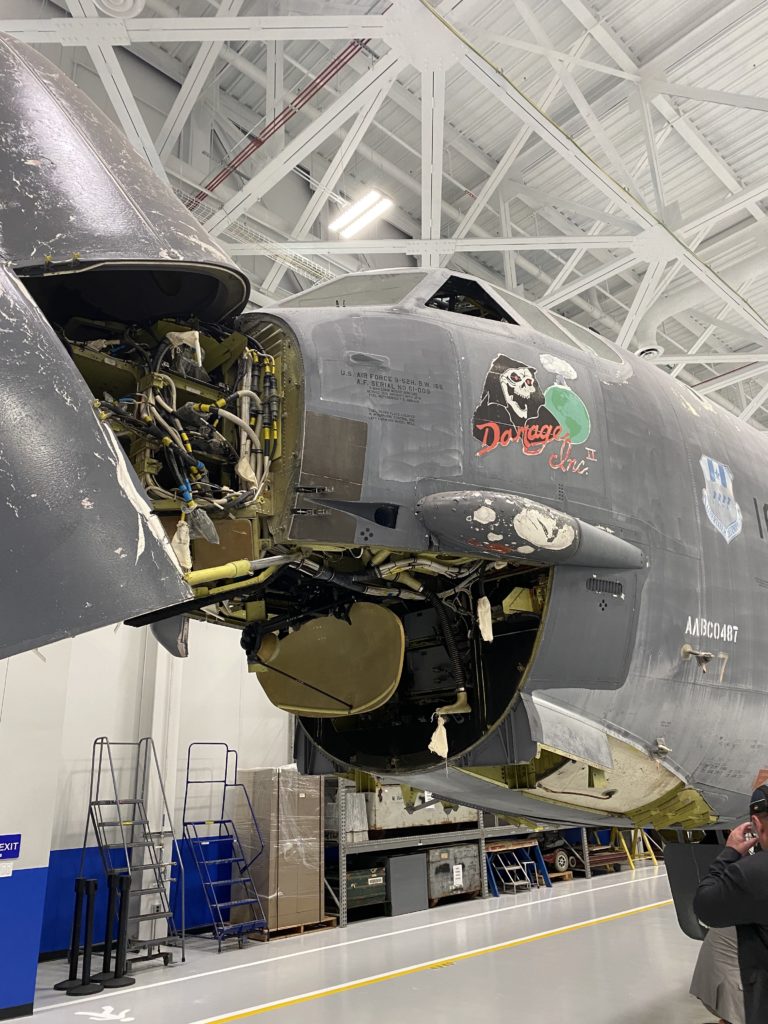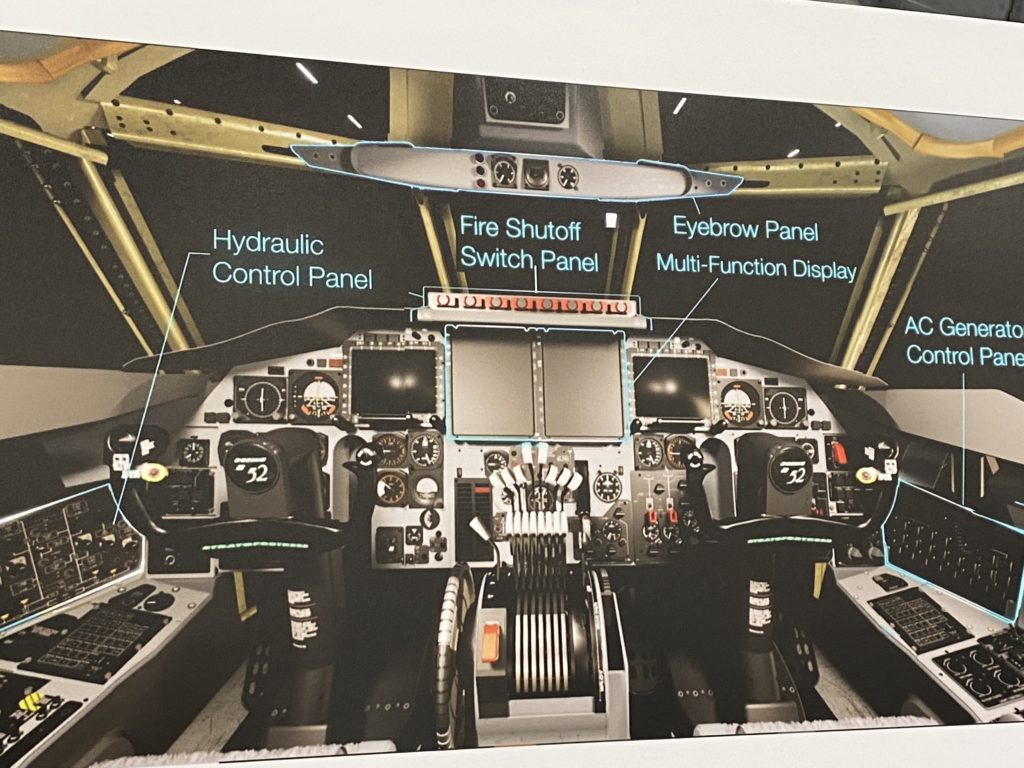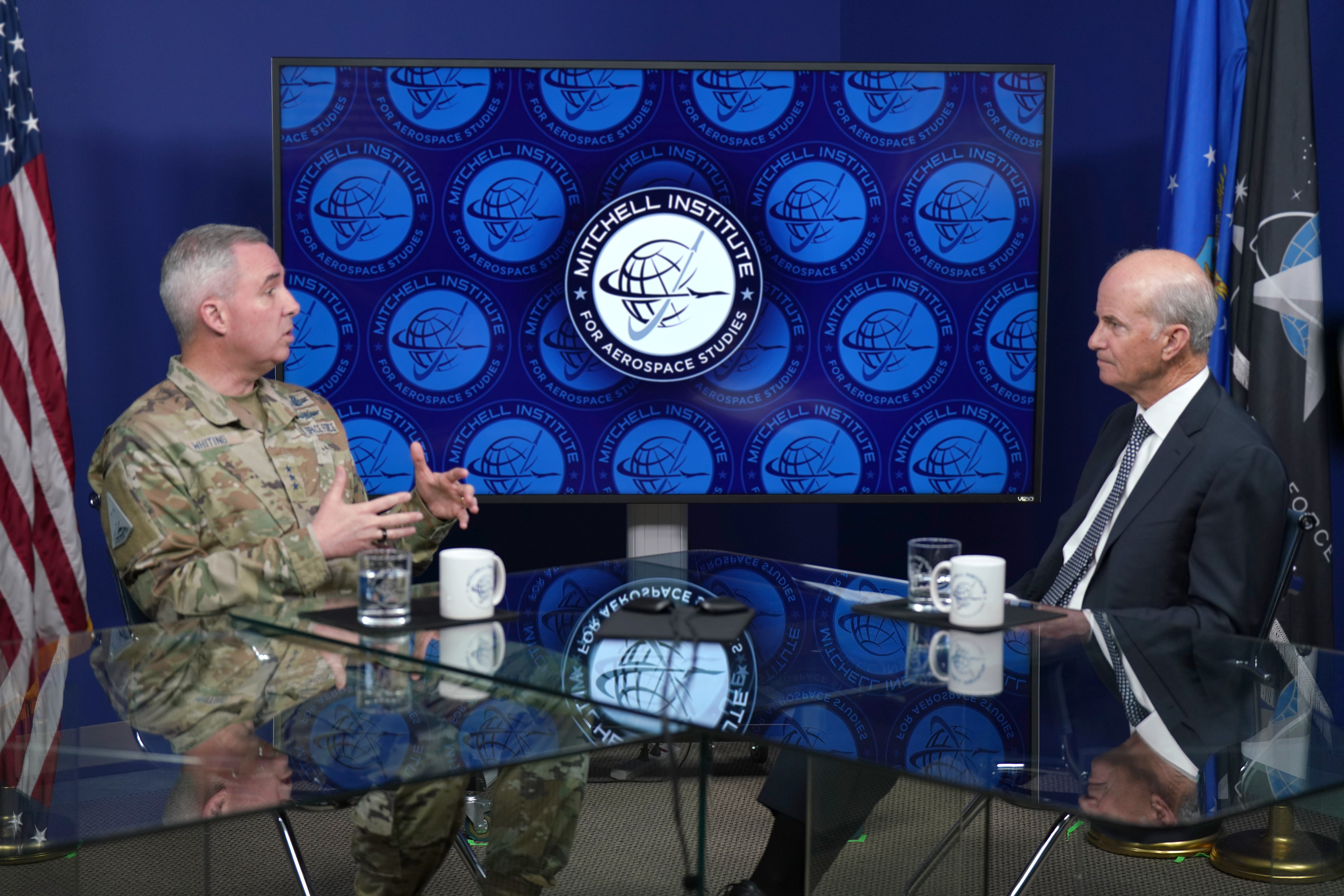The T-7A trainer, already two years behind schedule for production and initial operational capability, will probably see further delays, the Government Accountability Office said in a new report.
And even when the initial production airplanes arrive, they may not meet Air Force requirements because they’re being built before the service signs a contract with Boeing specifying what they should be.
Quoting Air Force officials, the GAO said a new T-7A program schedule developed by Boeing in January is “optimistic, relying on favorable outcomes not supported by past performance,” and that the relationship between the service and the company is “tenuous.”
Even if everything goes right from here on, the GAO said, USAF will have to extend the life of the 60-year-old T-38 trainer because of T-7A delays.
The agency recommended the Air Force conduct a schedule risk assessment to examine the concurrent development, testing, and production in the program, as well as “risks related to contractor management.”
The GAO also urged the service to figure out “under what conditions it would accept production work completed“ before signing a contract for the jets.
Again quoting Air Force officials, the GAO said friction between the service and Boeing is expected to continue to affect the program, especially given Boeing’s mounting losses on it—the Air Force and Boeing already have “differing interpretations” of contract requirements, which may multiply as construction proceeds.
Key problems with the T-7 involve its escape system—which has problems safely ejecting smaller pilots—as well as software and flight controls.
Air Force acquisition executive Andrew Hunter told Congress in April the T-7A won’t achieve IOC until early 2027—missing its initial target of 2024 and slipping beyond a subsequent goal of 2026, which the service and Boeing set late last year.
The delay is due to the Air Force delaying Milestone C—the full-rate production decision—until February 2026, to give more time to fix the escape system and other issues, and test those changes out in flight test, Hunter told Air & Space Forces Magazine in an email.
“We are pursuing risk-reduction activities to mitigate some of these schedule changes,” he said.
Yet even with the extra delays, the GAO report called Boeing’s test schedule is “optimistic,” given that it does not account for any more delays in development or possible re-testing if problems arise at that stage.
Hunter said the Air Force and Boeing “are confident improvements and recent testing are yielding a safe and effective escape system” for the T-7. But until that’s concluded, USAF won’t let test pilots fly the jets. Delays in testing affect other milestones, and the Air Force has previously said it cannot accelerate the T-7A’s test program.
The GAO said it was told the T-7A’s flight test software may have to undergo six or more iterations before it can be considered fully ready.
Boeing built two pre-production prototype T-7As during the T-X Advanced Pilot Training Aircraft competition and has largely completed the first five aircraft that will be used for test flights. But it is also starting to build the first production aircraft before the flight test program even begins.
Given that the escape system and other issues are not resolved—the report notes there have been thousands of changes made to the design since Boeing won the T-X competition in 2018—GAO said the Air Force could wind up paying for airplanes that don’t meet final requirements determined after testing.
Although the Defense Department “concurred” with GAO’s recommendations, the Air Force was not immediately able to comment on when the suggested schedule risk assessment will be completed, or how it will decide whether to accept jets built before requirements have been finalized.
The T-7A was billed from the outset as a revolutionary program, its digital design influencing everything from the aircraft shape and systems to the layout of the factory floor. Boeing brought its two prototype T-Xs from the drawing board to the flightline in under 36 months, and, relying on anticipated cost avoidance, bid as much as $10 billion below what the Air Force thought the trainer fleet and its associated simulators and coursework would cost.
However, Air Force Secretary Frank Kendall said May 22 the digital approach being taken on the T-7A—as well as on Northrop Grumman’s B-21 bomber, and the Next Generation Air Dominance fighter—can’t be expected to radically reduce the time and cost of development, as real-world testing still has to confirm what digital models predict.
“The T-7 is a good example of that,” he said. Digital “doesn’t help you when you’re doing a design that’s different from anything you’ve ever done before. Having it digital doesn’t give you better knowledge of how it’s going to work. You end up having to do testing just as we always have.”
The GAO said the Air Force’s own last schedule risk assessment on the T-7A—conducted in January—didn’t adequately take into account the risk of “overlap between key program phases,” which “magnifies the cost and schedule impact of potential issues discovered during testing.”
Cascading delays, GAO said, increase reliances on the T-38 or fighter jets for training—both costly options. Delays also affect contractor decisions regarding manufacturing, which affects Air Force oversight.
While the Air Force hasn’t yet ordered any jets beyond the five test aircraft, Boeing began producing parts in March 2022 and plans to start building more aircraft in early 2024. But since it hasn’t signed a contract, the usual oversight of production isn’t taking place, the GAO said, noting in the absence of a contract, the Defense Contract Management Agency can’t exercise any oversight, either. There’s no way at this point for the Air Force to know that the parts being built for early production T-7As are of proper quality.
The Air Force “does not have a plan for determining under what conditions it would accept production work completed prior to contract delivery,” the GAO noted.
Boeing is also three years late in providing a complete “bill of materials,” necessary for the Air Force to begin planning its organic maintenance of the trainer, the GAO said. The service is also waiting on other sustainment data from Boeing.
The Air Force doesn’t expect the first production T-7A to be delivered until December 2025 at the earliest.
The T-7A program calls for 351 of the supersonic trainers to be built, along with 46 high-fidelity simulators. The Air Force’s new “Reforge” fighter pilot training overhaul may increase the number of T-7As the service could buy. The development contract calls for up to 475 aircraft.
